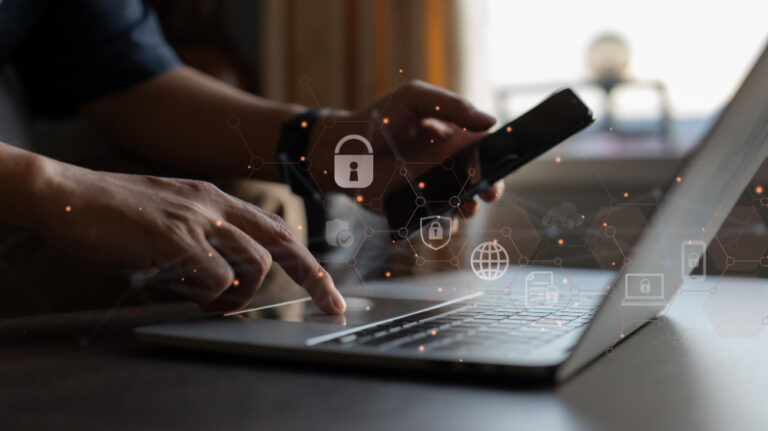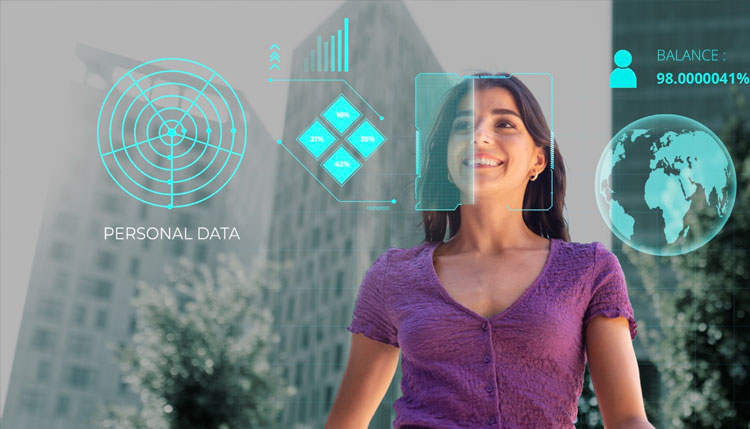
Advanced MFA with Biometrics
The best method for defending enterprises from malicious hackers is multifactor authentication (MFA). According to some estimations, an effective MFA approach can stop 90% of threats. Thus, IT workers should immediately deploy it.
Only 43% of firms have previously used MFA, despite the advantages. Organizations must evaluate the demands of their staff, clients, and suppliers to choose the MFA approach that best suits them. This entails considering the accessibility of systems, networks, and data as well as how crucial it is to keep them safe.
Traditional methods’ pain points
- Password fatigue, which leads users to reuse the same password again since it’s simpler to remember, is one of the biggest problems with passwords. Even if they do employ special passwords, hackers are improving their techniques. A strong second layer of authentication must give people trust while still being convenient.
- To access a system, hardware tokens—physical objects like a USB stick—must be present. They are more secure than passwords, but their convenience is debatable. It puts the onus on users to hold onto them because individuals can lose or misplace them. Additionally, they are easily transferable from one individual to another, which undermines faith in the system’s overall security.
- One-time passwords (OTPs), where a passcode or PIN is delivered to your registered device, such as a smartphone, are generally known to us. Bots and other hacking techniques have, however, been incredibly effective against OTPs.
You Must Use “Something You Are” in Your Strategy
Hardware tokens, passwords, and OTPs can all be stolen, as previously mentioned. To attain the degree of security they had hoped to accomplish by introducing MFA, organizations must shift away from things we have and things we know. Users can acquire access without being bound to a specific device or token by enrolling their biometrics centrally with the organization. And the latter can confirm the legitimacy of the person on the other side of the screen.
Identity-Bound Biometrics (IBB) systems provide a technique to ensure that a person cannot forget, misplace, or transfer their authentication method, allowing an authorized individual to get access. In addition to being handy for the user, using something distinctive and consistent for an individual. Such as a fingerprint or palm scan, or palm scan fosters trust between the user and the business by exhibiting the greatest level of security.
Conclusion
While techniques like hardware tokens and OTPs have been shown to be vulnerable, centralized biometrics establish a basis for long-lasting security. Methods like IBB enable quick, safe access from anywhere by shifting away from verifying gadgets and toward authenticating people. This is how we help to build confidence between the individual and the business. For more information, please reach out to us on info@trueid.in











